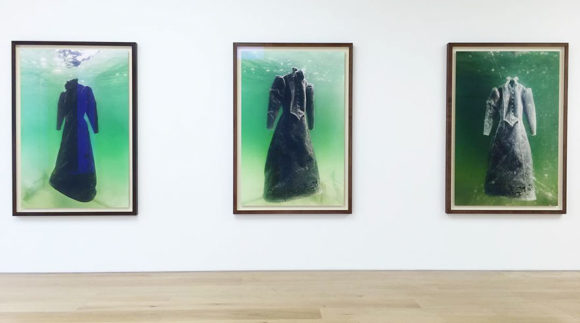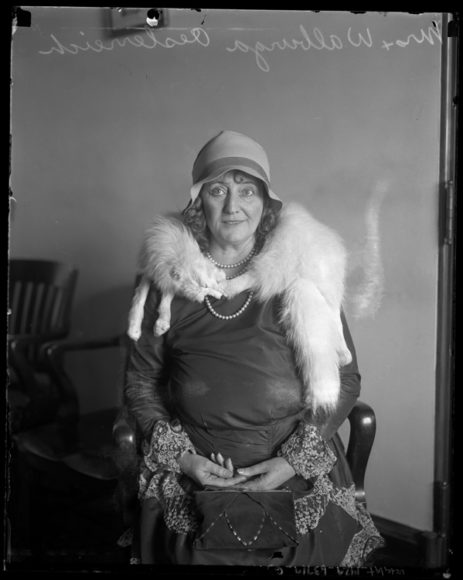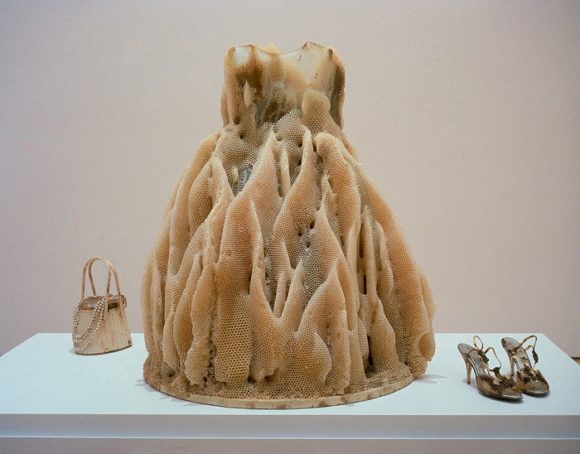The Salt Bride
We love this. It speaks for itself…
by James Gould-Bourn for Bored Panda
“For her project titled Salt Bride, Israeli artist Sigalit Landau decided to submerge a black gown in the Dead Sea. The gown spent 2 months in the salt-rich waters in 2014, and as you can see from these stunning pictures, the end result is nothing short of magical.
The project is an eight-part photo series inspired by S. Ansky’s 1916 play titled Dybbuk. The play is about a young Hasidic woman who becomes possessed by the spirit of her dead lover, and Landau’s salt-encrusted gown is a replica of the one worn in the dramatic production of the 1920s.
Landau checked on the black gown various times in order to capture the gradual process of salt crystalisation that you can see in the pictures below. You can also see them at London’s Marlborough Contemporary, where they’ll be on display until September 3rd…”
For more pics and more info, click here.
Share



